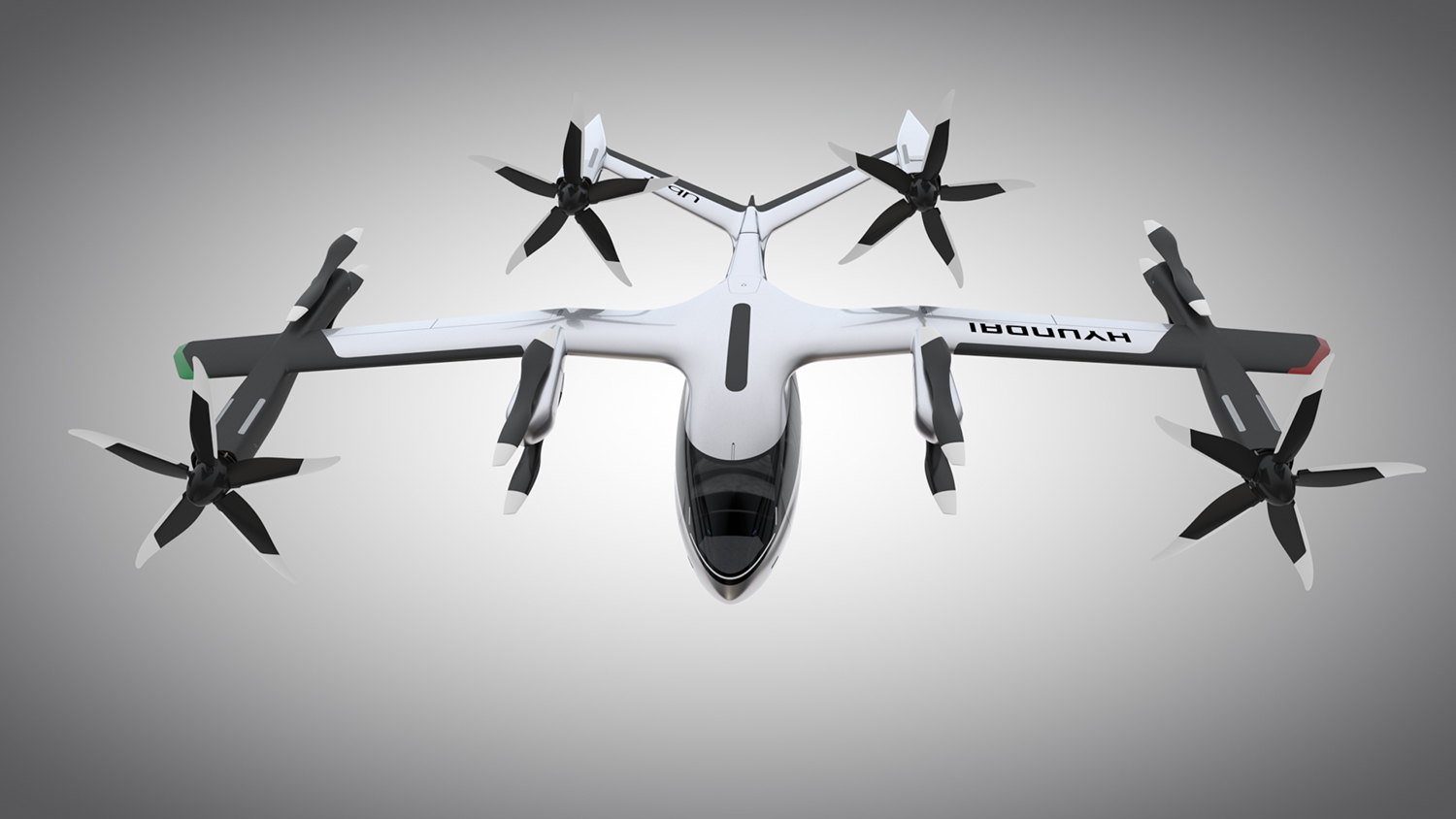Uber and Hyundai have announced a new partnership to develop Uber Air Taxis for a future aerial ride-share network and unveiled a new full- scale aircraft concept at the Consumer Electronics Show (CES). Hyundai is the first automotive company to join the Uber Elevate initiative, bringing automotive-scale manufacturing capability and a track record of mass-producing electric vehicles.
In this partnership, Hyundai will produce and deploy the air vehicles, and Uber will provide airspace support services, connections to ground transportation, and customer interfaces through an aerial ride share network. Both parties are collaborating on infrastructure concepts to support take-off and landing for this new class of vehicles.

In preparation for this announcement, Hyundai has worked with Uber Elevate to develop a PAV (Personal Air Vehicle) model, S-A1, that utilizes innovative design processes to optimize electric vertical take-off and landing (eVTOL) aircraft for aerial ridesharing purposes.
Hyundai’s S-A1 model has been designed for a cruising speed of up to 180 miles/hr (290 km/hr), a cruising altitude of around 1,000-2,000 feet (300 – 600 meters) above ground, and flights of up to 60 miles (100 km). Furthermore, the 100% electric vehicle utilizes distributed electric propulsion and, during peak hours, requires about five to seven minutes for recharging. The model is designed to take off vertically, transition to wing-borne lift in cruise, and then transition back to vertical flight to land.

As the aircraft is equipped with several smaller rotors, noise is reduced relative to large rotor helicopters with combustion engines — an important consideration considering that the air taxis will primarily be used in urban environments. Internally, the cabin is designed with four passenger seats, allowing riders to board and disembark easily and avoid the dreaded middle seat with enough space for a personal bag or backpack. the vehicle will be piloted initially, with a view to becoming autonomous in future.

Ushering in the era of seamless mobility, Hyundai’s exploration of future urban transportation incorporates the electric PAV concept with a new ground transportation, the Purpose Built Vehicle (PBV) concept. Hyundai’s vision for creating communities from future transit systems comes into focus with yet another new infrastructure concept, called the Hub. When many PBVs and PAVs are docked and connected to a Hub, they make a new public space where diverse groups of people can come together.






